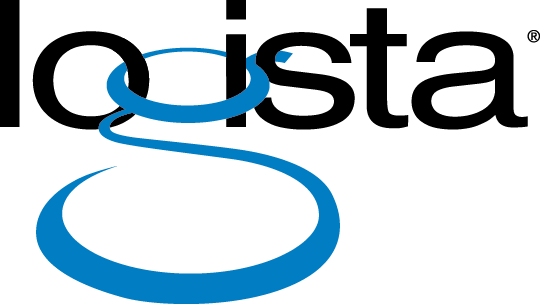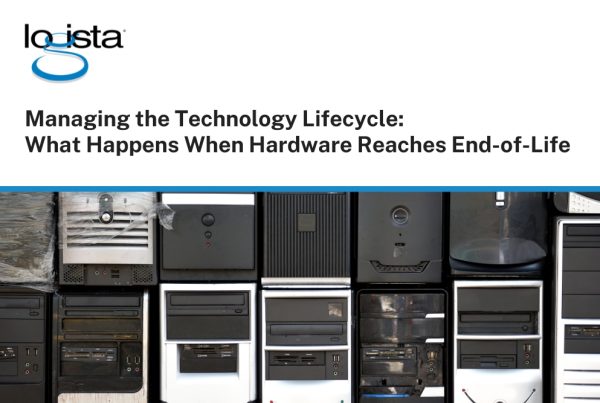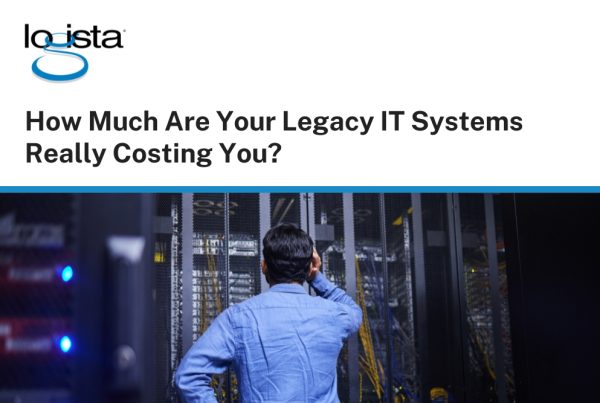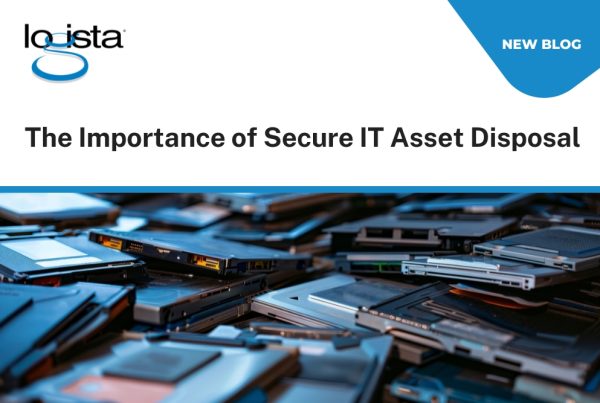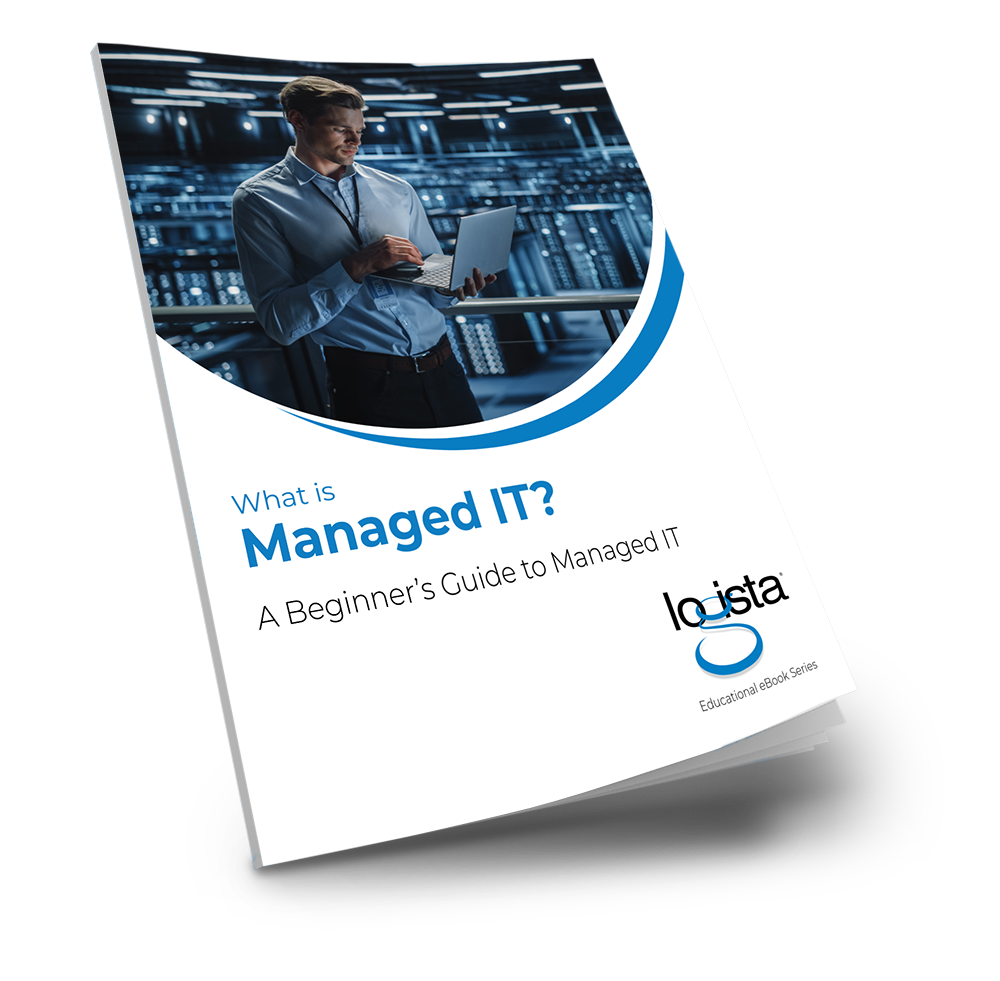Every piece of equipment, technology, and infrastructure in your organization represents an investment that directly impacts your bottom line. Asset Lifecycle Management (ALM) is the systematic approach to maximizing these investments, ensuring each asset delivers optimal value from purchase to retirement. For businesses looking to improve efficiency and reduce costs, understanding and implementing ALM isn’t just beneficial – it’s essential.

Read on to learn more about ALM, and why your business needs to embrace it:
What is Asset Lifecycle Management?
Asset Lifecycle Management is a strategic process that oversees the complete journey of an asset throughout its useful life. Think of it as a cradle-to-grave approach that encompasses planning, procurement, deployment, maintenance, and eventual retirement of business assets – whether they’re physical equipment, IT infrastructure, or digital resources.
The Five Key Stages of ALM
- Planning and Acquisition: The journey begins with identifying business needs and making informed purchasing decisions. This involves market research, vendor evaluation, and cost-benefit analysis to ensure investments align with organizational goals.
- Deployment and Implementation: Once acquired, assets must be properly installed, configured, and integrated into existing operations. This stage includes staff training, documentation, and establishing operational procedures.
- Utilization and Maintenance: During the operational phase, assets require regular monitoring, preventive maintenance, and performance optimization. This ensures reliability while preventing costly downtime and extending asset lifespan.
- Monitoring and Improvement: Continuous tracking of asset performance, costs, and ROI helps identify improvement opportunities and inform future investment decisions. Data analytics plays a crucial role in this stage.
- Retirement and Disposal: When assets reach the end of their useful life, they must be properly decommissioned, recycled, or disposed of in compliance with regulations while maximizing any remaining value.

Why Your Business Needs ALM
Cost Optimization
ALM reduces unnecessary purchases, minimizes maintenance costs, and optimizes asset utilization. By tracking total cost of ownership, businesses can make better financial decisions and improve budget allocation.
Risk Management
Proper asset management reduces operational risks through regular maintenance, compliance monitoring, and systematic replacement planning. This helps prevent unexpected failures and costly disruptions.
Enhanced Productivity
Well-maintained assets perform better and experience less downtime. ALM ensures that employees have reliable tools and resources to perform their jobs effectively.
Data-Driven Decision Making
ALM provides valuable insights into asset performance, maintenance costs, and usage patterns. This data helps inform strategic decisions about repairs, replacements, and future investments.
Regulatory Compliance
Many industries face strict regulations regarding asset management. ALM helps ensure compliance with industry standards and government regulations while maintaining proper documentation.
Sustainable Operations
By extending asset lifespan and properly managing disposal, ALM supports environmental sustainability goals and corporate social responsibility initiatives.
Competitive Advantage
Organizations that manage their assets can respond more quickly to market changes, scale operations efficiently, and maintain higher quality standards.
While implementing ALM may require initial investment in systems and processes, the long-term benefits far outweigh the costs. In an era where efficiency and sustainability are top of mind, businesses that embrace Asset Lifecycle Management position themselves for long-term success and growth.
About Logista Solutions
Logista Solutions is a nationally recognized leader in a broad range of technology management solutions. As one of the largest technology support providers in the U.S., Logista provides innovative and holistic solutions to help companies take control of their IT infrastructure and achieve better business outcomes. Popular services include Managed IT as a Service, VoIP and Unified Communications, Managed Print, Cloud Services and Asset Disposition.
